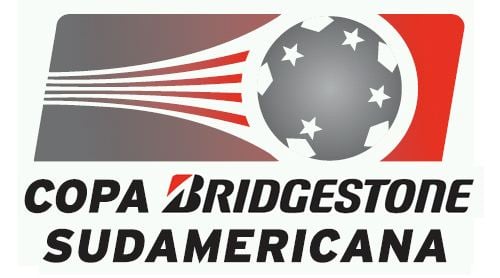Matches played 92 Teams 47 | Goals scored 190 (2.07 per match) Dates 30 Jul 2013 – 11 Dec 2013 Attendance 1,218,248 | |
 | ||
Similar 2014 Copa Sudamericana, 2012 Copa Sudamericana, 2013 Copa Libertadores, 2015 Copa Sudamericana, 2011 Copa Sudamericana | ||
The 2013 Copa Sudamericana (officially the 2013 Copa Total Sudamericana for sponsorship reasons) was the 12th edition of the Copa Sudamericana, South America's secondary international club football tournament organized by CONMEBOL. The winner qualified for the 2014 Copa Libertadores, the 2014 Recopa Sudamericana, and the 2014 Suruga Bank Championship. São Paulo were the defending champions, but lost to Ponte Preta in the semifinals.
Contents
Lanús became the fifth Argentine club to win the Copa Sudamericana, beating Brazilian club Ponte Preta in the finals to win their first title.
Qualified teams
The following teams qualified for the tournament.
Draw
The draw of the tournament was held on July 3, 2013 in Buenos Aires, Argentina.
Excluding the defending champion (entering in the round of 16), the other 46 teams were divided into four zones:
The draw mechanism was as follows:
To determine the bracket starting from the round of 16, the defending champion and the 15 winners of the second stage were assigned a "seed" by draw. The defending champion and the winners from Argentina Zone and Brazil Zone were assigned even-numbered "seeds", and the winners from ties between South Zone and North Zone were assigned odd-numbered "seeds".
Schedule
The schedule of the competition was as follows (all dates listed were Wednesdays, but matches may be played on Tuesdays and Thursdays as well).
Elimination phase
In the elimination phase, each tie was played on a home-and-away two-legged basis. If tied on aggregate, the away goals rule was used. If still tied, the penalty shoot-out was used to determine the winner (no extra time is played). The 15 winners of the second stage (three from Argentina Zone, four from Brazil Zone, eight from ties between South Zone and North Zone) advanced to the round of 16 to join the defending champion (São Paulo).
Final stages
In the final stages, the 16 teams played a single-elimination tournament, with the following rules:
Bracket
Note: The bracket was changed according to the rules of the tournament so that the two semifinalists from Brazil would play each other.
Finals
The finals were played on a home-and-away two-legged basis, with the higher-seeded team hosting the second leg. If tied on aggregate, the away goals rule was not used, and 30 minutes of extra time was played. If still tied after extra time, the penalty shoot-out was used to determine the winner.
Lanús won 3–1 on aggregate.
Top goalscorers
Source:
